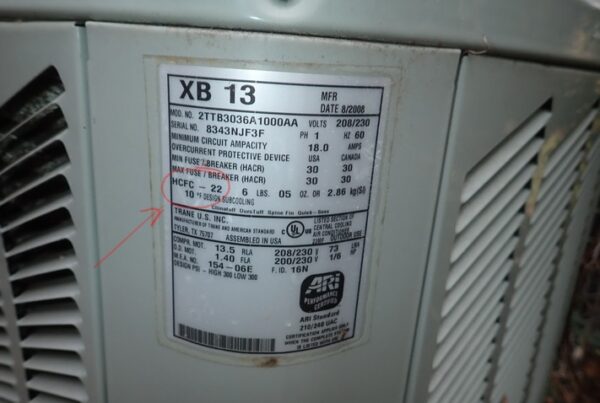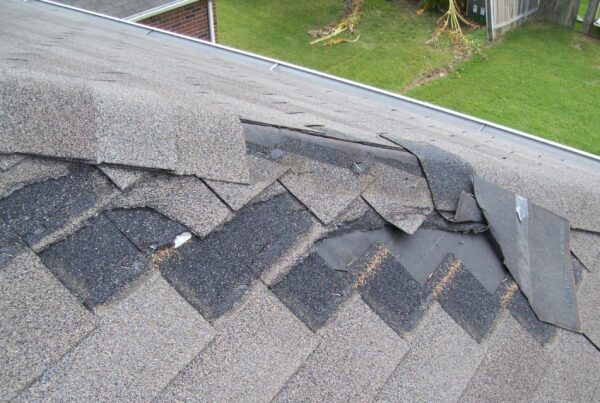And what question is that?
Well, as your executive director, let me ramble a bit to reveal to what I refer. I began my consulting practice in October of 1981. As is the case with many PEs I envisioned a kind of weekend pursuit that would allow me to use my license and my expertise to supplement my income, and start down the road of consulting engineering entrepreneurship. As some years earlier Art Tauscher, PE (considered by many as the founder of building inspection engineering practice) had provided my sister with a thorough report on the house she and my brother in law were purchasing, such work both appealed to me and could be conveniently accommodated in my schedule.
As I positioned myself to begin my practice I set up a professional corporation in New York. Initially I had chosen the name Building Diagnostics, PC but eventually settled on using my personal name as the corporate name.
But keep that original name in mind.
Here we are some 30 plus years later. The building inspection engineering service industry has transformed in many ways. Most important, more than 60% of the nation has chosen to administer or otherwise regulate residential inspection work. Such regulation has included licensing requirements for service providers and, in many cases, detailed lists of what such services should include.
For many PEs and RAs, the start of their little part time consulting practices primarily included providing home inspection services. That’s pretty much how I started.
In the late 1970s to early 1980s, home inspections were also a burgeoning field for other service providers as well, not necessarily just licensed professional engineers or registered architects. An organization represented many such service providers. PEs or RAs could join it and have some industry representation, but being a licensed engineer or registered architect was not a prerequisite.
And it was about that time that the earlier cited age old question first arose, “Are we home inspectors who carry additional qualifications as professional engineers and registered architects, or are we PEs and RAs who use our training, qualifications, and experience to assess conditions in all kinds of buildings?”
I believed then, and still do, the second part of the posited question.
One of NABIE’s highly credentialed members, Sam Harris, is the author of a definitive text on the subject of Building Pathology (recall my earlier original business name from 1981?). An important point Sam makes in his book is that, “(the) charge as building pathologists is to interpret the signs and symptoms of the aging process in order to assess the current condition and capacity of a structure…” It is important to realize that such assessments are largely judgmental and almost always based on inexact information.
In NABIE’s recent revision of the Standards of Practice a decision was made to forego the previous prescriptive methodology and begin to follow a performance approach. A performance approach permits the professional to decide exactly how to enact services needed to satisfy the terms of the agreement struck with the client.
Herein is that quandary:
If we are simply home inspectors with an engineering or architecture license, we do what the prescriptive approach asks (and many states have exactly that approach detailed in their home inspection regulations) and color it with our expertise. The same can be said of a licensed electrician, a framing carpenter, an appliance technician, or a plumber all of whom may also be credentialed in their state as home inspectors. Each of these folks in the role of home inspector has a more specialized expertise that might provide some added value to a client during a home inspection intended to comply with a prescriptive approach. The same is true of the licensed engineer or registered architect. All of these service providers set out on the same level playing field of “home inspection” so well, and often prescriptively, defined in many state regulations.
On the other hand, if we are truly licensed engineers and registered architects working in the field of building inspection engineering we have learned to manage and accommodate all of the uncertainty heaped into examining buildings and their systems. If we follow NABIE’s new Standards of Practice, we can accommodate the approaches necessary to provide the professional caliber services our clients deserve. If in, some cases, a prescriptive approach is appropriate there is a better than even chance that your state has that approached defined as part of the home inspection regulations. The new Standards permit specification of one of four levels of work and, if desired, further refine that work to include a prescriptive approach for the state where the inspection takes place. The new Standards afford the breadth of professional judgment that is the hallmark of examining buildings as licensed engineers and registered architects.
I submit that each and every NABIE member wants to be a building inspection engineer, and not a home inspector who happens to also be a PE or RA. Its my opinion that considering yourself a home inspector first discredits your capabilities as a licensed engineer or registered architect. Even if you consider yourself a PE or RA ahead of being a home inspector, there is an excellent chance you live in a state where the required reporting points for a home inspection are defined by law. Consider using them as an addendum to your client agreement if the prescriptive approach is needed.


